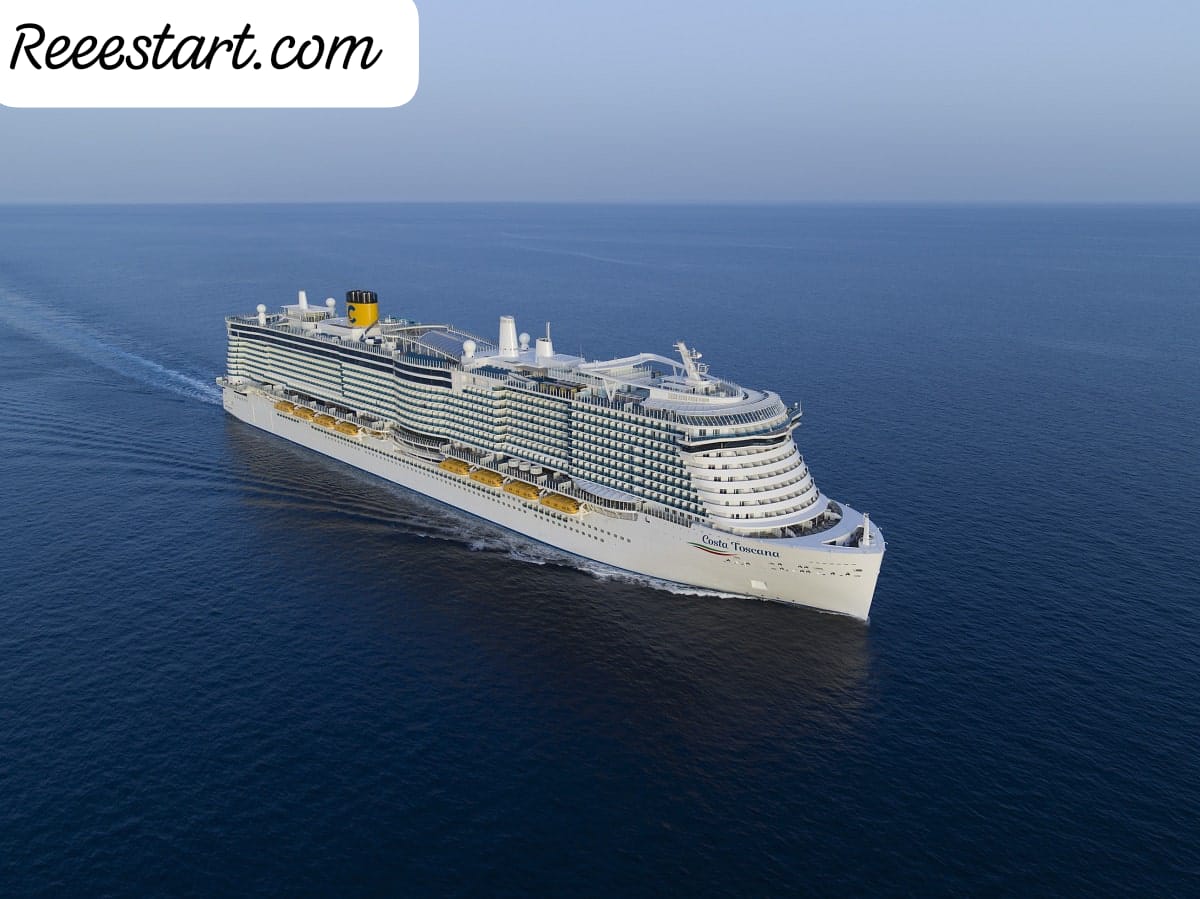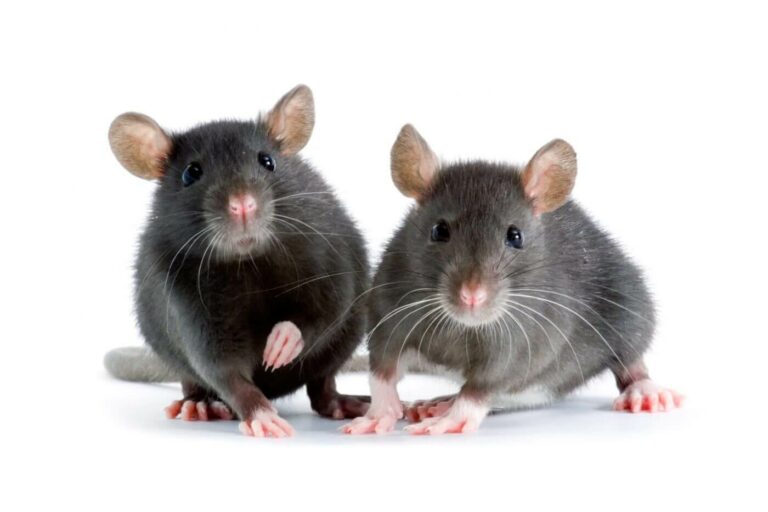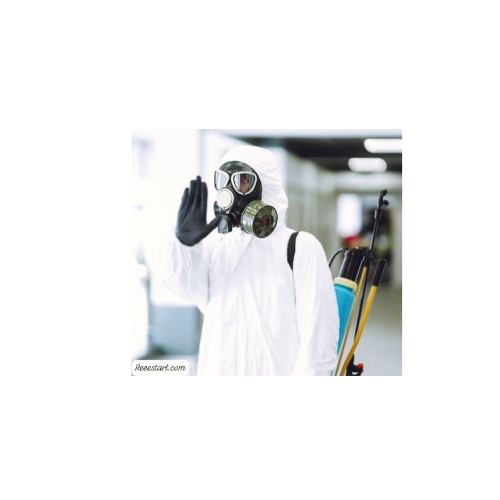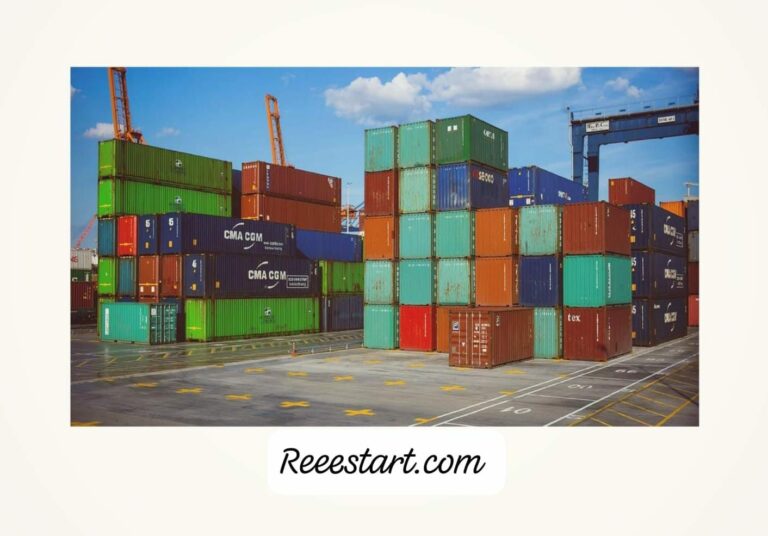In this article, we outline the key points for implementing an Integrated Pest Management programs on cruise ships, A professional pest control engineer must be adept at applying integrated and sustainable pest management for public health pests across various locations, This expertise is not limited to restaurants, hotels, and residential apartments but extends to cruise ships, museums, oil sites, factories, and industrial facilities, among others.
Understanding Integrated Pest Management Programs on Cruise ships
Integrated Pest Management (IPM) is a systematic approach designed to address pest issues while minimizing risks to humans, animals, and the environment. IPM can be applied to manage all types of pests in any setting urban, agricultural, wild, or natural.
IPM is an ecosystem-based strategy focused on long-term prevention through a combination of techniques, including biological control, host manipulation, resistant varieties, predators, and physical and mechanical controls. Pesticides are used only when monitoring indicates a need and are applied following established guidelines to target specific pests, minimizing risks to human health, beneficial organisms, and the environment.
Components of an IPM Program
- Inspection
- Prevention
- Monitoring
- Least Toxic Control Methods
- Record-Keeping
- Evaluation
Implementing IPM for Public Health Pest Control on Cruise Ships
Here, we will focus on implementing public health pest control approach:
Inspection
- Conduct a thorough sensory inspection and examination of the entire ship.
- Establish a routine inspection schedule covering all areas of the vessel.
- Maintain pest monitoring records.
- Check rodent traps and sticky traps for crawling insects if prior treatments or programs have been applied.
Prevention
- Prevent pests from finding shelter or food anywhere on the ship.
- Ensure the vessel’s entire environment, including cabins, entertainment areas, and dining facilities, remains pest-free.
- Inspect food supplies before they are brought aboard.
- Emphasize cleanliness and proper waste disposal, ensuring waste is placed in designated bags for removal to the waste room.
- Supervise the waste removal process from the ship.
- Ensure the waste room meets global environmental standards.
- Regularly address and dry any water accumulations promptly.
- Maintain cleanliness across all ship surfaces, including cabins, entertainment areas, kitchens, dining rooms, meeting rooms, crew quarters, and food storage areas.
- Ensure food storage rooms comply with international environmental and health standards.
- Verify that meats, poultry, and seafood are stored in appropriately rated refrigeration.
- Inspect kitchens, food preparation areas, and dining facilities for cleanliness and safety.
- Check air conditioning systems and food delivery carts.
- Ensure staff wear appropriate protective clothing and adhere to hygiene protocols.
- Inspect staff changing rooms for organization and cleanliness.
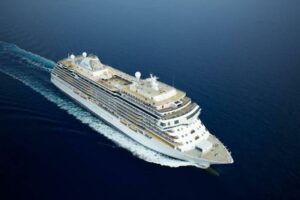
Monitoring
- Accurate pest identification is crucial to determine if management is necessary.
- Assess the extent of pest presence, damage, or potential issues.
- Identifying pests correctly is essential for determining the best management strategy.
Least Toxic Control Methods
- Apply physical, mechanical, and environmental controls before considering chemical treatments.
- Use screens and air curtains on windows and doors in entertainment, dining, or recreational areas.
- Increase inspections and monitoring after each docking, especially in areas visited by passengers.
- Coordinate with the ship’s management on maintenance and sanitation procedures.
- Regularly inspect kitchens and food preparation areas, along with staff accommodations.
Chemical Control
- Use personal protective equipment.
- Employ the safest and most environmentally friendly pesticides, such as Advion or Maxforce gels, in sensitive areas like kitchens and behind cooking equipment.
Record-Keeping
- Document all pest management procedures and recommendations for ship staff.
- Maintain records of pesticides used and their effectiveness.
Evaluation and Follow-Up
- Assess the effectiveness of the pest management program.
- Dispose of dead pests and replace or maintain mechanical traps as necessary.
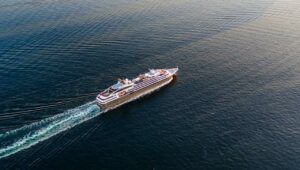
Effective pest control on cruise ships is not optional but essential. It must be executed through a structured, well-considered, and regular process to achieve optimal results.
For pest control services in Dubai, adhering to these practices ensures comprehensive management and prevention of pest issues, safeguarding both the vessel and its passengers.

